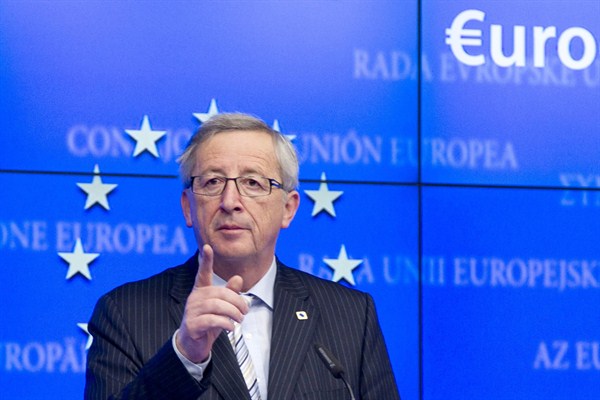This past May, the European Commission announced a strategy for a Digital Single Market (DSM)—a single seamless market that would expand the European Union’s single market for physical goods and services into the digital domain. The DSM is projected to provide economic gains of as much as €415 billion annually for the EU. Identifying the DSM as one of his 10 priorities as he assumed office in 2014, Commission President Jean-Claude Juncker explained his hopes for the DSM: “I want to see pan-continental telecoms networks, digital services that cross borders and a wave of innovative European start-ups. I want to see every consumer getting the best deals and every business accessing the widest market—wherever they are in Europe.”
One question that arises is why the DSM is necessary at all. Shouldn’t the EU’s physical single market lead naturally to a single market online, as well? If a German citizen can travel to France without a passport and buy Italian shoes on the Champs-Élysées with the same currency she uses at home, what keeps her from purchasing the same pair of shoes online?
A lot, it turns out. For example, that store’s website may route her to the German webpage for the brand, where the same item may not be available. Meanwhile, the French webpage may be blocked outside of France. Credit cards are often valid only in countries where their owners have bank accounts. Value-added tax rates also differ from country to country, and there are special rules in long-distance sales; the complexity may discourage the French shop from making the sale. E-commerce also requires low-cost courier services, but cross-border costs for parcel delivery—and, if necessary, return—can be unreasonably high, even if the distance is no greater than for a domestic shipment.

